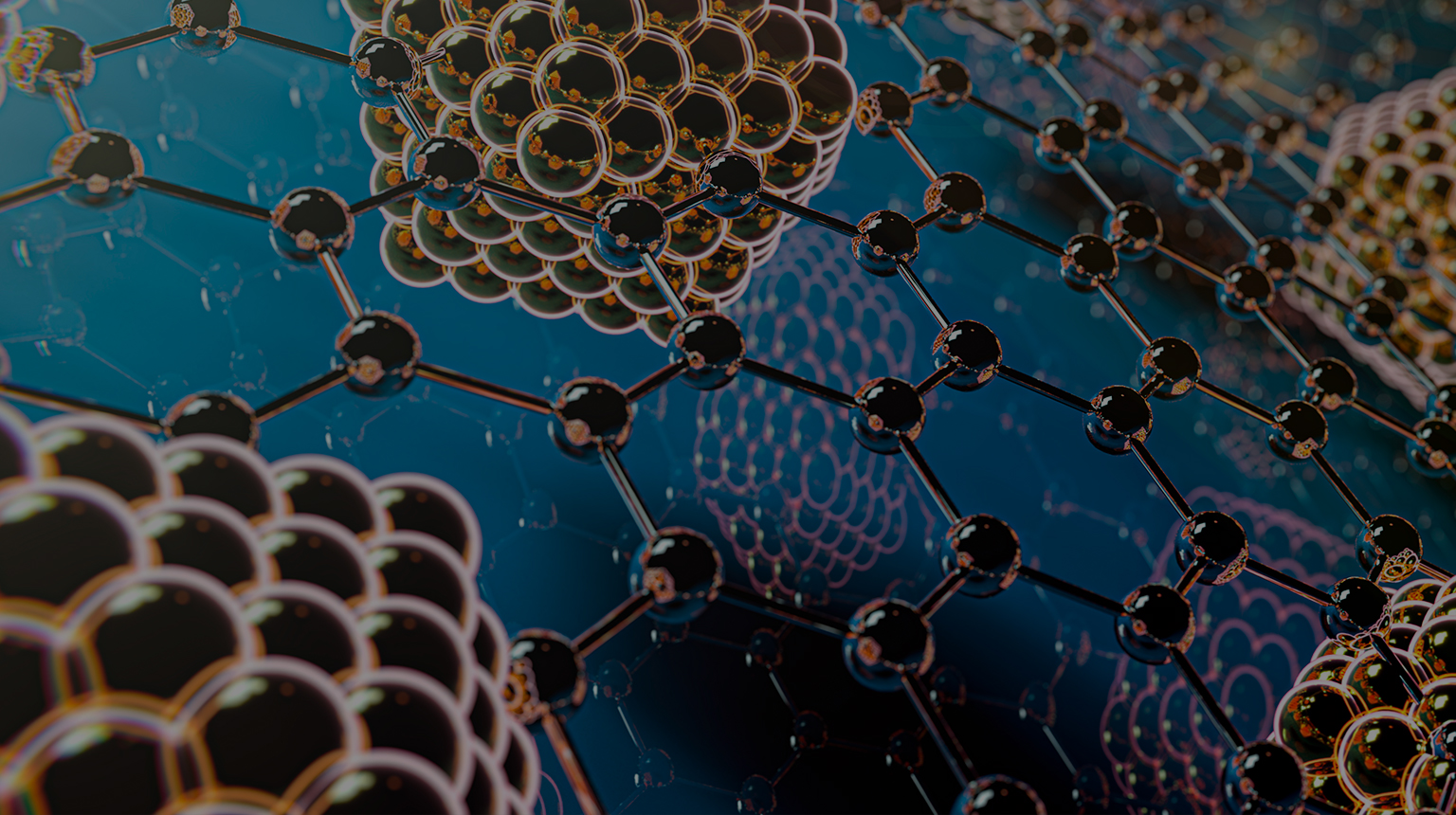

Publication
- HOME
- Publication
Publication
|
Exploring potential applications of a novel extracellular polymeric substance synthesizing bacterium (Bacillus licheniformis) isolated from gut contents of earthworm (Metaphire posthuma) in environmental remediation
관리자 │ 2024-05-28 HIT 264 |
|---|
|
Journal: Biodegradation Authors: Biswas J.K.; Banerjee A.; Rai M.K.; Rinklebe J.; Shaheen S.M.; Sarkar S.K.; Dash M.C.; Kaviraj A.; Langer U.; Song H.; Vithanage M.; Mondal M.; Niazi N.K. Abstract: The aim was to isolate, characterize, and explore potentials of gut bacteria from the earthworm (Metaphire posthuma) and imply these bacteria for remediation of Cu(II) and Zn(II). An extracellular polymeric substance (EPS) producing gut bacteria (Bacillus licheniformis strain KX657843) was isolated and identified based on 16S rRNA sequencing and phylogenetic analysis. The strain showed maximum tolerance of 8 and 6 mM for Cu(II) and Zn(II) respectively. It removed 34.5% of Cu(II) and 54.4% of Zn(II) at 25 mg L−1 after 72 and 96 h incubation respectively. The bacteria possessed a great potential to produce indole acetic acid (38.49 μg mL−1) at 5 mg mL−1l-tryptophan following 12 days incubation. The sterilized seeds of mung beans (Vigna radiata) displayed greater germination and growth under bacterium enriched condition. We observed that the bacterial strain phosphate solubilization ability with a maximum of 204.2 mg L−1 in absence of Cu(II) and Zn(II). Endowed with biosurfactant property the bacterium exhibited 24% emulsification index. The bacterium offered significant potential of plant growth promotion, Cu(II) and Zn(II) removal, and as such this study is the first report on EPS producing B. licheniformis KX657843 from earthworm which can be applied as powerful tool in remediation programs of Cu(II) and Zn(II) contaminated sites. © 2018, Springer Science+Business Media B.V., part of Springer Nature. Keywords: Biosurfactant; Gut bacteria; Heavy metal removal; Indole acetic acid; Phosphate solubilization; Vigna radiata |
| 이전글 | Effect of Mn substitution on the oxidation/adsorption abilities of iron(III) oxy... |
|---|---|
| 다음글 | Biochar influences soil carbon pools and facilitates interactions with soil: A f... |





